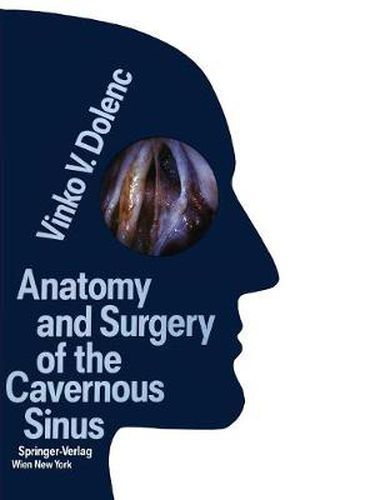Readings Newsletter
Become a Readings Member to make your shopping experience even easier.
Sign in or sign up for free!
You’re not far away from qualifying for FREE standard shipping within Australia
You’ve qualified for FREE standard shipping within Australia
The cart is loading…






This title is printed to order. This book may have been self-published. If so, we cannot guarantee the quality of the content. In the main most books will have gone through the editing process however some may not. We therefore suggest that you be aware of this before ordering this book. If in doubt check either the author or publisher’s details as we are unable to accept any returns unless they are faulty. Please contact us if you have any questions.
The decision of Harvey Cushing to leave general surgery and concentrate on the infant field of central nervous system surgery was in retrospect a landmark in the history of neurosurgery. His concentrated work, and also that of his colleague Walter Dandy, originated with the desires of both pioneers to understand surgical anatomy and neurophysiology. The fundamental knowledge and surgical techni ques that they provided became the standard of excellence for several generations of neurosurgeons; so much so that the general belief was that the surgical techniques could not be improved upon. Twenty-five to thirty years ago microtechniques began to appear in a few surgical research centers, they were then gradually applied to clinical neurosurgery and have contributed to a new level of understanding in surgical anatomy and neurophysiology. We are now fortunate to have a new standard of morbidity and mortality in the surgical treatment of intrathecal aneurysms, angiomas, and tumors. It has been said that microneurosurgery was reaching its limits, especially when treating lesions in and around the cavernous sinus and skull base; those lesions notorious for involvement of the dural and extradural compartments, with a tendency to infiltrate adjacent nerves and blood vessels. The dangers of uncontrollable hemorrhage from the basal sinuses and post-operative CSF rhinorrhea appeared unsurmountable. The lateral aspects of the petro-clival region have been of interest to a few pioneering ENT surgeons and neurosurgeons but the cavernous sinus in most respects has remained the final unconquered summit.
$9.00 standard shipping within Australia
FREE standard shipping within Australia for orders over $100.00
Express & International shipping calculated at checkout
This title is printed to order. This book may have been self-published. If so, we cannot guarantee the quality of the content. In the main most books will have gone through the editing process however some may not. We therefore suggest that you be aware of this before ordering this book. If in doubt check either the author or publisher’s details as we are unable to accept any returns unless they are faulty. Please contact us if you have any questions.
The decision of Harvey Cushing to leave general surgery and concentrate on the infant field of central nervous system surgery was in retrospect a landmark in the history of neurosurgery. His concentrated work, and also that of his colleague Walter Dandy, originated with the desires of both pioneers to understand surgical anatomy and neurophysiology. The fundamental knowledge and surgical techni ques that they provided became the standard of excellence for several generations of neurosurgeons; so much so that the general belief was that the surgical techniques could not be improved upon. Twenty-five to thirty years ago microtechniques began to appear in a few surgical research centers, they were then gradually applied to clinical neurosurgery and have contributed to a new level of understanding in surgical anatomy and neurophysiology. We are now fortunate to have a new standard of morbidity and mortality in the surgical treatment of intrathecal aneurysms, angiomas, and tumors. It has been said that microneurosurgery was reaching its limits, especially when treating lesions in and around the cavernous sinus and skull base; those lesions notorious for involvement of the dural and extradural compartments, with a tendency to infiltrate adjacent nerves and blood vessels. The dangers of uncontrollable hemorrhage from the basal sinuses and post-operative CSF rhinorrhea appeared unsurmountable. The lateral aspects of the petro-clival region have been of interest to a few pioneering ENT surgeons and neurosurgeons but the cavernous sinus in most respects has remained the final unconquered summit.